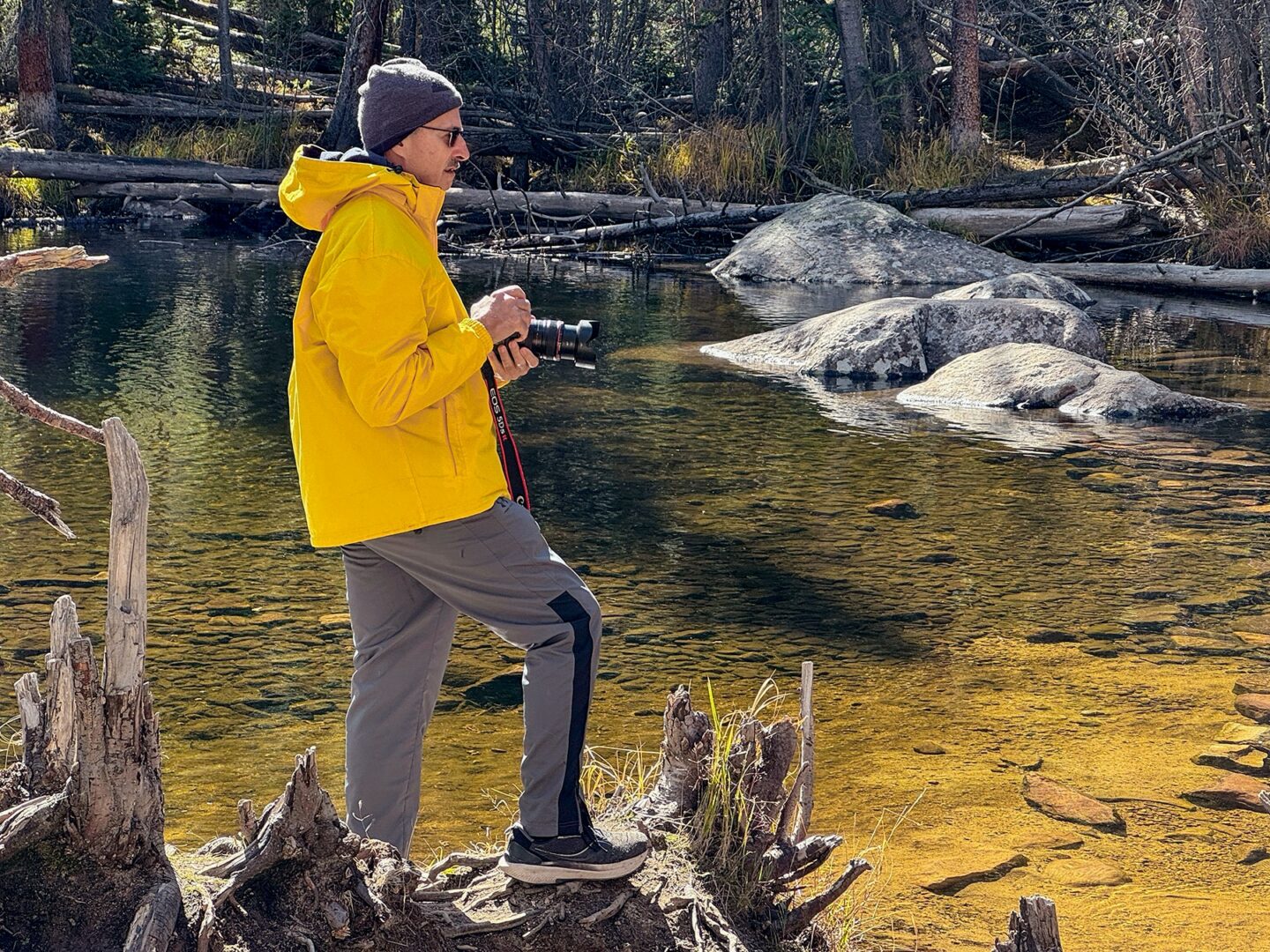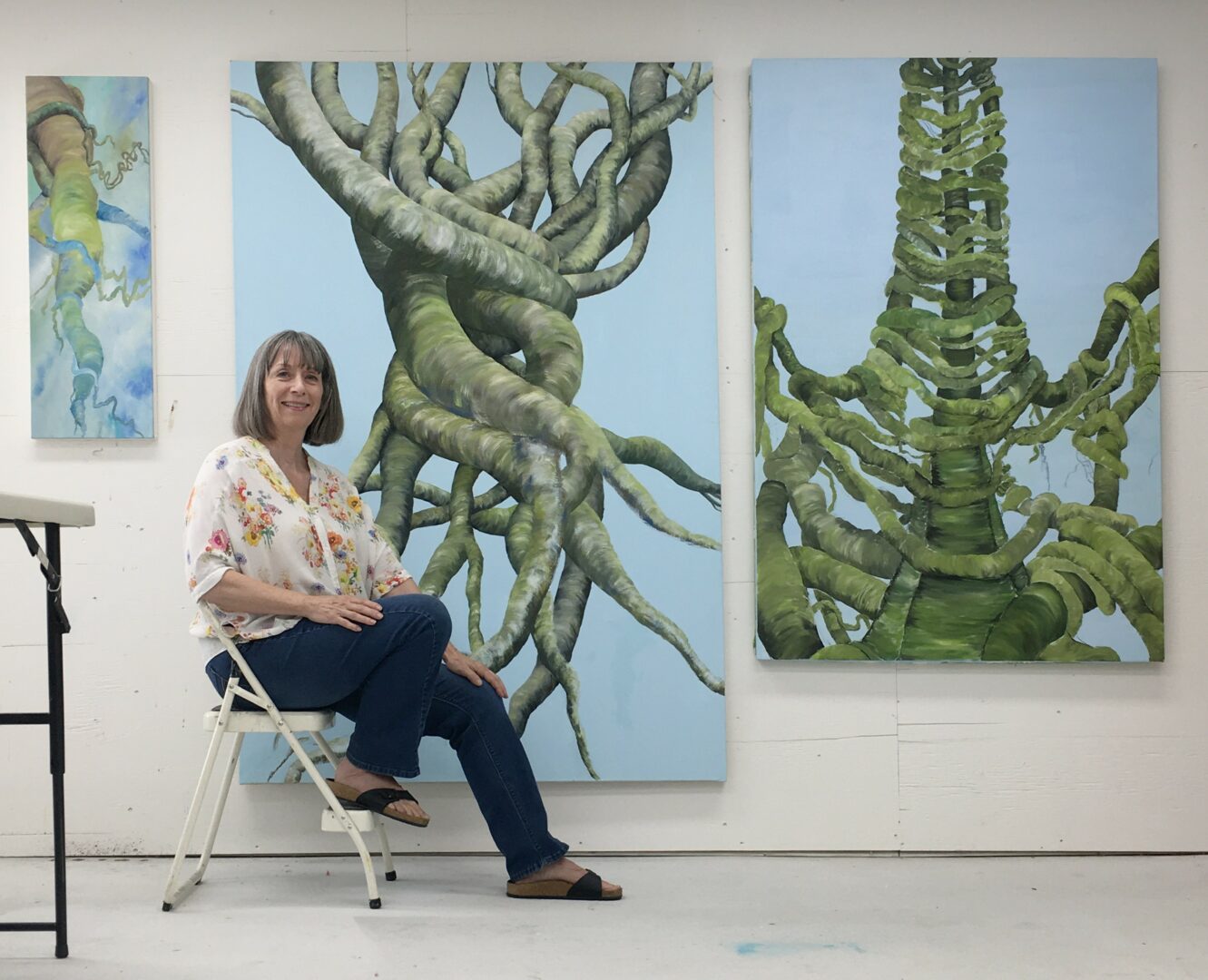David Zlotky shared their story and experiences with us recently and you can find our conversation below.
David, a huge thanks to you for investing the time to share your wisdom with those who are seeking it. We think it’s so important for us to share stories with our neighbors, friends and community because knowledge multiples when we share with each other. Let’s jump in: What do the first 90 minutes of your day look like?
I’m a creature of habit when it comes to mornings. I usually wake around 5:15 and head straight to Panera, my unofficial studio café. There’s something comforting about those early hours—fresh coffee, the quiet hum of conversation, and the day just beginning to take shape. I’ll settle into my favorite booth with a cup of coffee and sometimes a bagel with cream cheese, open my laptop, and read through the 1440 Digest and The New York Times.
It’s my way of connecting to the wider world before diving into my own. Friends often stop by—artists, teachers, and curious thinkers—and our conversations range from science and art to the state of the country. Those exchanges feed my curiosity and remind me how much I value thoughtful company and community.
After I leave Panera, I head to the gym. That part of my routine has been with me for years—it keeps my body in rhythm with my mind and gives me the energy I need for the rest of the day, whether I’m in the studio or behind the camera.
Can you briefly introduce yourself and share what makes you or your brand unique?
I’m a fine art photographer and painter based in Topeka, Kansas, and much of my work is rooted in a deep love for the American landscape and the people who live close to it. My current series, Searching for the Heartbeat, explores small-town rodeos across Kansas and the American West—those fleeting, dust-filled moments that reflect both strength and vulnerability. I’m drawn to the authenticity of these gatherings, where tradition, courage, and community still hold real meaning.
Before turning primarily to photography, I spent many years painting, and my paintings are in the collections of the National Air & Space Museum, the Truman Library, and the Air Force Art Collection. That painter’s background continues to shape how I see and work—I often treat photographs like paintings, carefully shaping tone, light, and color until the image feels as much felt as seen.
I personally print each limited-edition piece on museum-quality fine art paper and include a signed, registered certificate of authenticity. That hands-on process is important to me—it ensures that every print carries my touch and intention.
What makes my work special, I think, is its quiet storytelling. I’m not chasing spectacle; I’m searching for connection—for that heartbeat that links us to each other and to the land itself. Through exhibitions, juried shows, and select galleries, I hope to share these images as reminders of who we are as Americans and what still endures in the spaces between past and present.
Amazing, so let’s take a moment to go back in time. What breaks the bonds between people—and what restores them?
I think what breaks the bonds between people is fear—fear of being wrong, of losing identity, of not belonging. Our current polarization only deepens that divide. The ease of publishing anything online—true or not—has blurred the line between fact and manipulation. Algorithms reward outrage, not understanding, and it’s taken a toll on how we see one another.
I don’t pretend to know the full answer, but I believe it starts with curiosity and humility. We have to work harder to verify what’s real and be willing to question our own assumptions.
What restores those bonds, for me, is conversation—the simple act of listening and being listened to. When I sit with friends over coffee and we talk about art, science, or the state of the world, I’m reminded that most of us want the same things: to be respected, understood, and connected. That shared humanity is still there—it just needs space to breathe.
If you could say one kind thing to your younger self, what would it be?
I’d tell my younger self—the painter I was forty years ago—to be patient and a little kinder to himself. Back then, I felt that everything I created had to be exceptional, that perfection was the measure of worth. That drive pushed me to make strong work, but it also stole some of the joy from the process.
I’d tell him that perfection is always just out of reach, and that’s okay. The act of creating—the quiet hours of discovery, the moments when the work surprises you—that’s where the real beauty lives. I’d remind him that it’s enough to love the craft itself, and that the imperfections often hold more truth than the flawless surface we chase.
I think our readers would appreciate hearing more about your values and what you think matters in life and career, etc. So our next question is along those lines. How do you differentiate between fads and real foundational shifts?
For me, the difference lies in how deeply something changes the way we see. Fads flash like bright light on water—momentary reflections that fade as quickly as they appear. Foundational shifts, though, alter the horizon itself.
Artificial intelligence is one of those shifts. Many people who haven’t used AI tools don’t realize how rapidly it’s evolving. It’s changing how we learn, create, and communicate—capable of inspiring beauty or spreading harm. Like any tool, it reflects human intent, though that balance may someday change.
As an artist, I approach AI with curiosity and caution. I’ve used it to explore new creative directions, much as I might study a change in light before taking a photograph. It can help me see possibilities I hadn’t imagined, but it can’t replace the human pulse behind the work.
When I take time to understand something new—AI included—I start to see what’s fleeting and what’s transformative. This isn’t a passing trend; it’s a new lens on the creative process itself.
Thank you so much for all of your openness so far. Maybe we can close with a future oriented question. What will you regret not doing?
When I was in my thirties, shortly after the Smithsonian’s National Air & Space Museum acquired one of my paintings for its permanent collection, several curators invited me to meet with them in Washington. They loved the piece and asked if I’d consider applying for a full-time position as the museum’s illustrator. It was an incredible offer, but I was determined to build my own career as a freelance artist, so I turned it down.
Looking back, that choice could have led to remarkable experiences, but it also set me on the path that became my life. A few years later, I met the woman who would become my wife, and together we raised two wonderful children who are now in their thirties,
Do I regret it? Not really. I sometimes imagine what that road might have looked like, but I know I ended up where I was meant to be. Some opportunities open doors; others quietly guide you home.
Contact Info:
- Website: https://www.davidzlotkyphotography.com
- Instagram: @davidzlotkyphotography
- Facebook: https://www.facebook.com/DavidZlotkyPhotography/
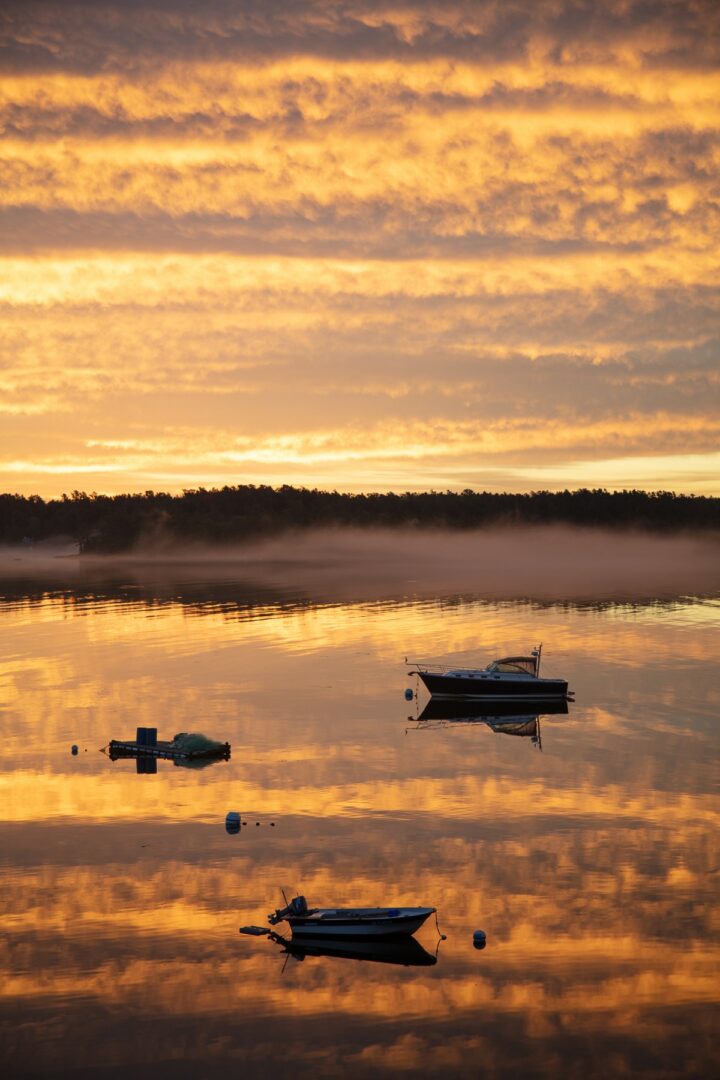
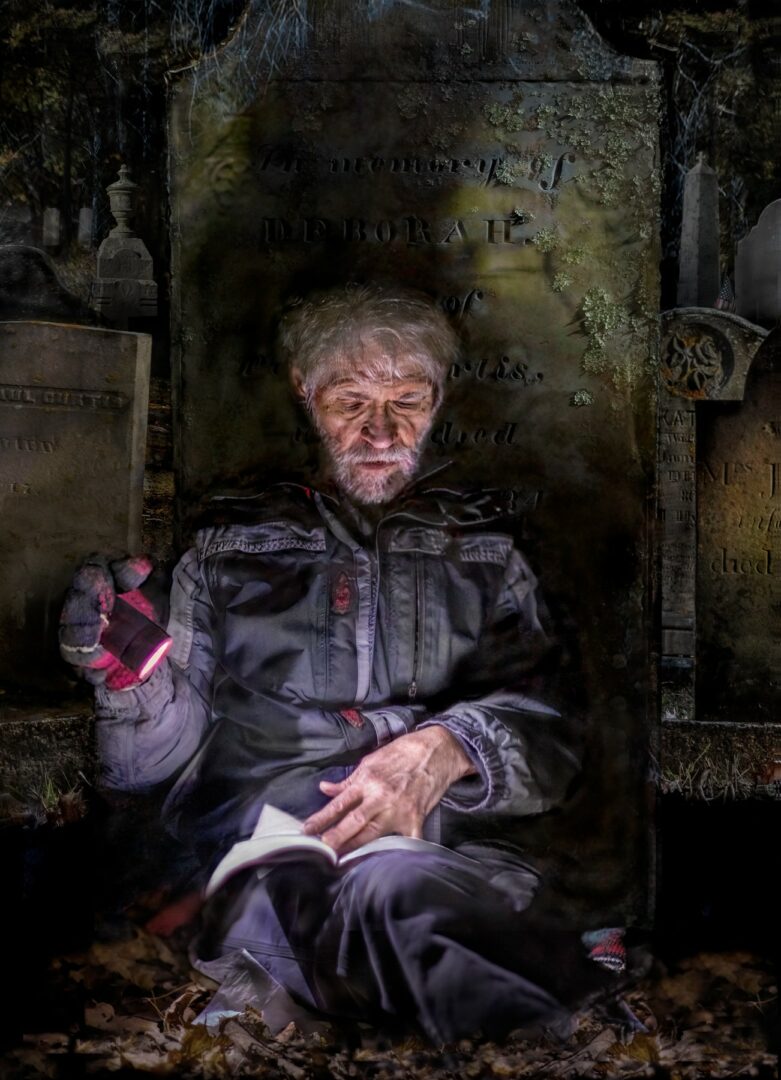
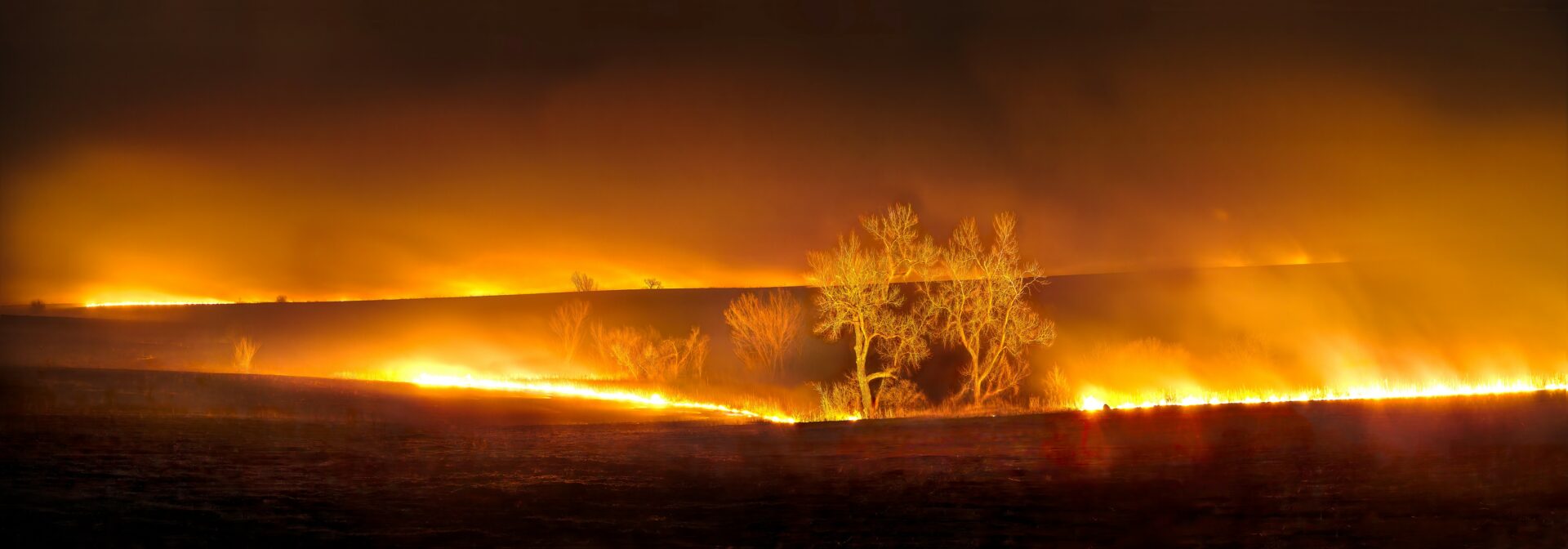
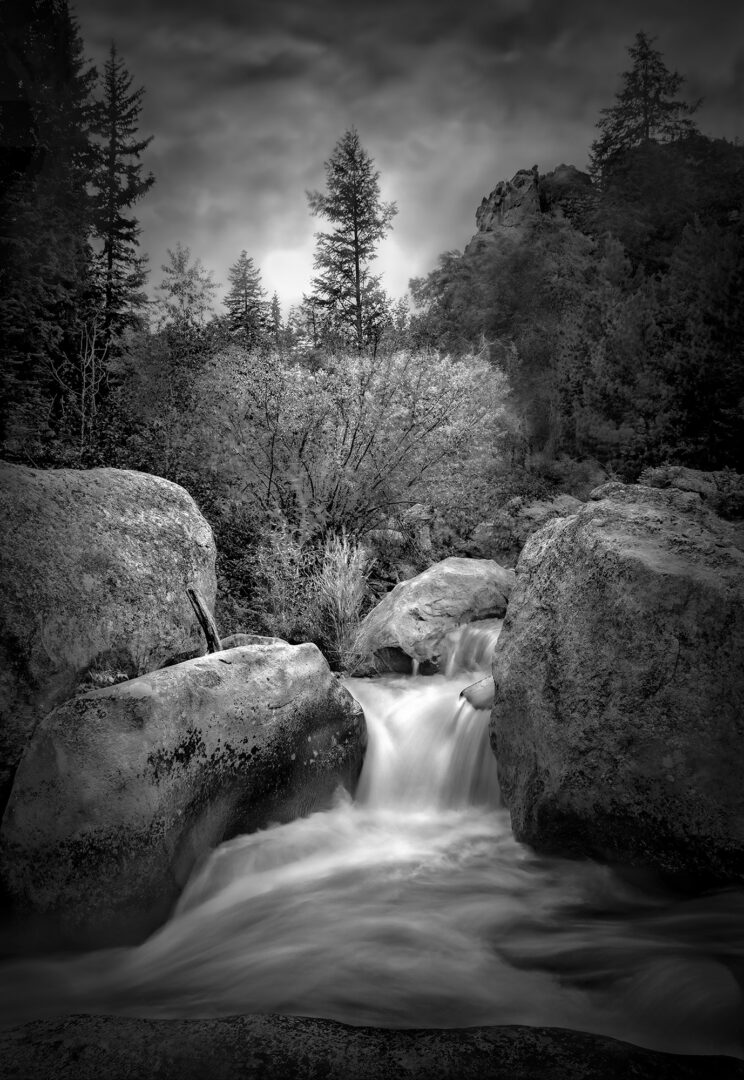
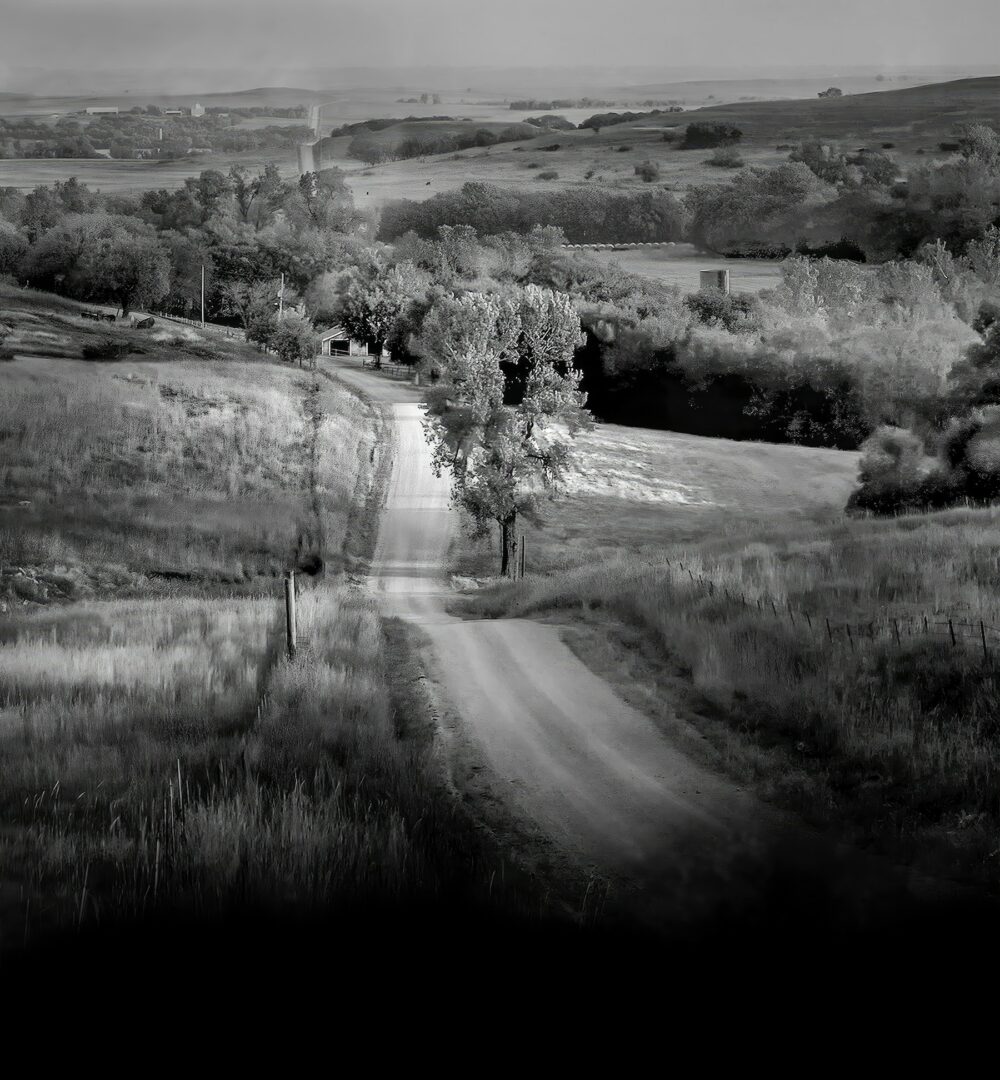
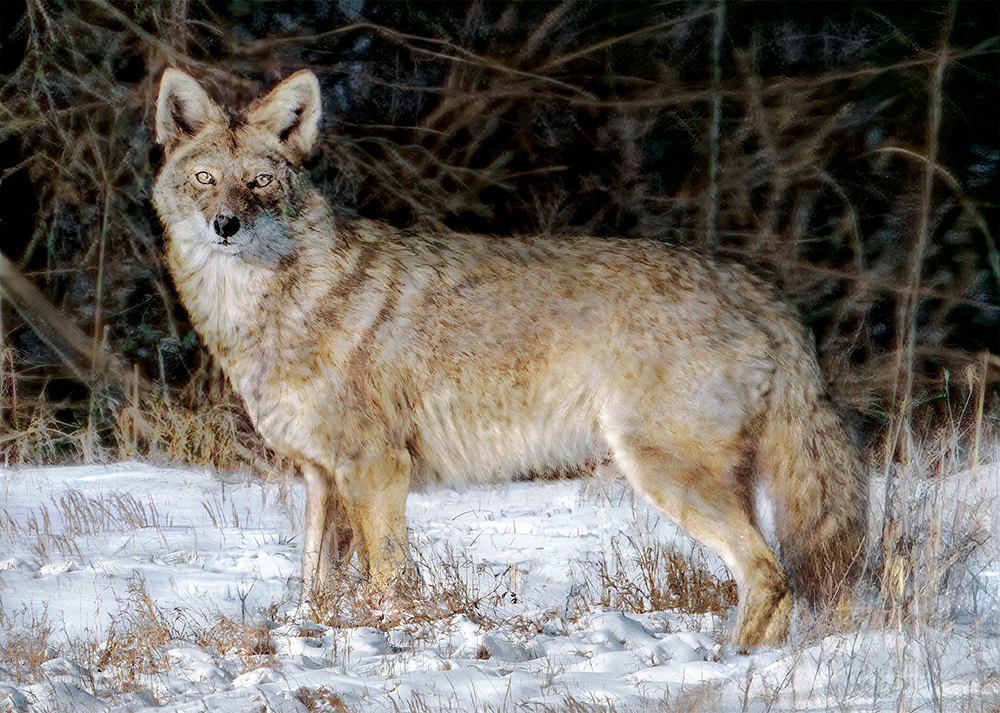
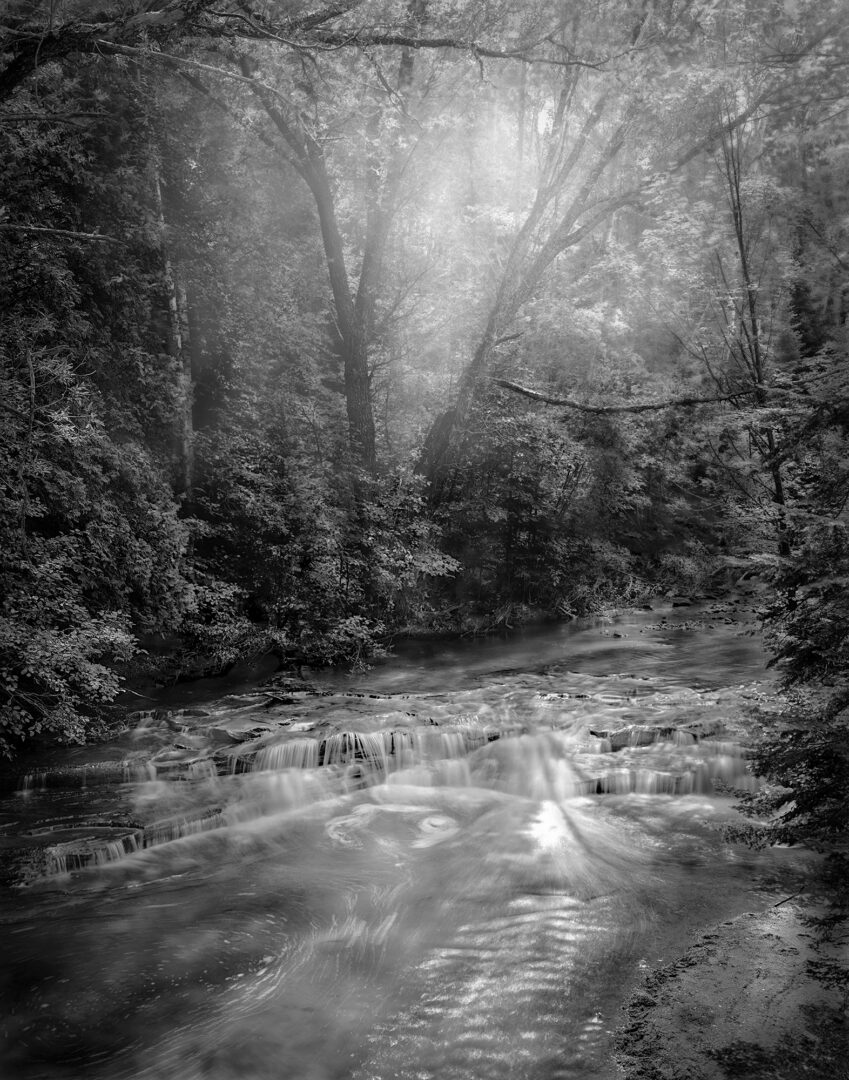

so if you or someone you know deserves recognition please let us know here.

